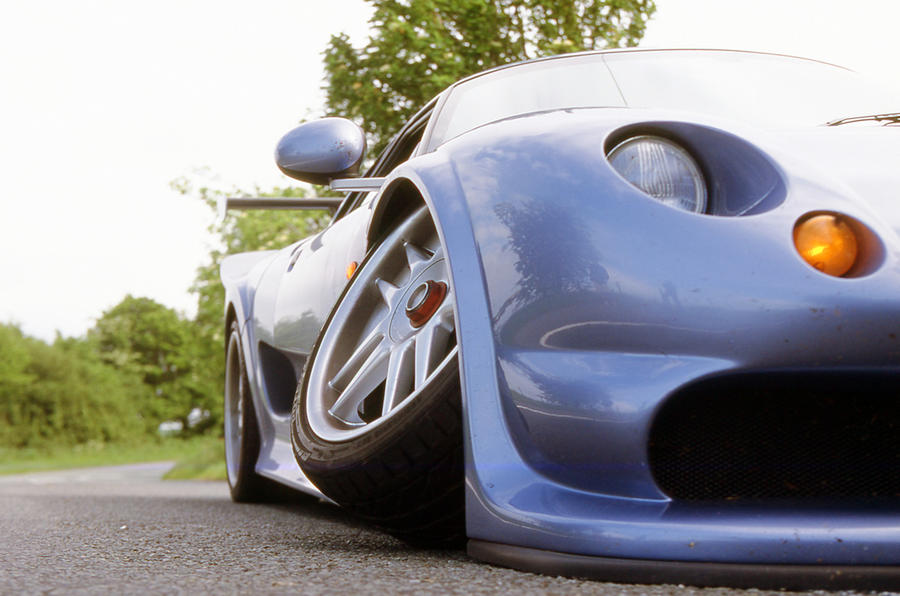Has your car been involved in an accident and suffered damage to its underlying structure? If it has, it may be put in one of four write-off categories.
One of the most frequent forms of damage, a Category S write-off is also one of the least severe. It's slightly more serious than Category N, but it can sometimes lead to your car being written off by your insurer.
But what is a Cat S write-off? Read on to find out what damage causes your car to be designated as such, and how it could affect your insurance.
What is a Category S car?
Formerly known as Category C, Category S is for vehicles that have received structural bodywork damage - a bent chassis or creased door frame, for example - but can be repaired and put back on the road.
While a Category S write-off is among the least severe, it still means a vehicle will be deemed unsafe for use until it has been professionally repaired.
What damage will a Category S car have?
Unlike Category N write-offs, a Category S car will have suffered damage to its structure. This can include damage to parts such as the chassis, which may have become twisted or bent, the suspension, crumple zones, bumpers and wing supports.
According to the Association of British Insurers and repair firm Co-Part, areas of your car considered structural include the following: the firewall and front bulkhead, side cant rail, rear crossmember, rear inner wing, rear header rail, rear wheel-housing extension, B-pillar, sill, front upper-wing support, front inner-wing support, A-pillar, front chassis leg/welded crossmember and rear chassis leg. Damage any of those parts and you could be looking at a Category S write-off.
A Category S car can be repaired safely, but they have to be re-registered with the DVLA, unlike Category N cars. Repairs will also cost more than the vehicle’s market value.
If it looks like the cost to repair the car will surpass 50% of its value, the chances are an insurer will write it off.
Should I buy a Category S car?
Several dealerships do sell cars that have been through a Category S write-off. While they’re not necessarily unsafe, there are several things you should consider before you buy one.
Any Category S car should be properly examined by a trusted mechanic or engineer before you buy it. They will then decide if it lives up to DVLA standards. A Category S car will also need to pass an MOT before it can get back on the road, and the DVLA must be told about it.





Add your comment